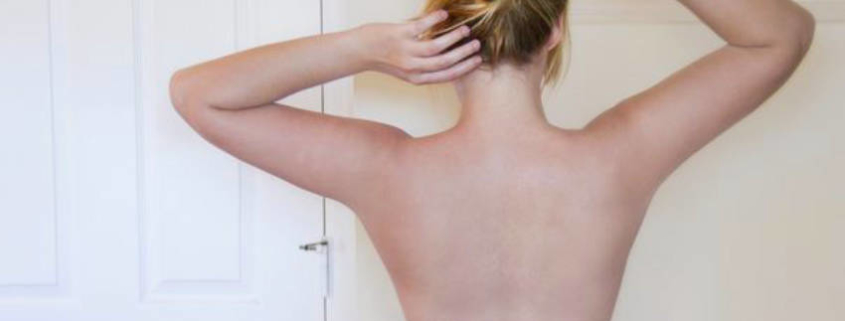Scoliosis
“As the twig is bent, so grows the tree”William Garner Sutherland (1873 – 1954) Founder of Cranial Osteopathy
Scoliosis is an abnormal sideways curvature of the spine. Many cases involve little or no pain, and they result in only a mild malformation, which may not even be visible to the untrained eye. However, severe cases can involve a substantial deformity, and they may seriously endanger the individual’s overall health because of direct pressure on vital organs such as the lungs and heart.
Functional types of scoliosis occur as compensation of an acute pain in the back or acute appendicitis or for an underlying deformity such as a difference in leg length. This type of scoliosis can be commonly seen in people with hip and knee replacements. Functional scoliosis may be reversible.
Structural scoliosis is the more serious and permanent and is not reversible. Structural scoliosis can be caused by certain diseases/disorders and unknown causes, and can be present at birth or develop as the child grows. Scoliosis develops most often during growth spurts of puberty. The most common type of scoliosis diagnosed is idiopathic (unknown cause), affecting around 80% of cases and is mainly seen in adolescent females.Scoliosis can also be caused by traumatic spinal cord injuries or fractures as well as by degenerative changes of the spine, i.e. osteoarthritis.
The first hint that a scoliosis may be developing is the appearance of abnormal posture. Slouching, one shoulder higher than the other, one hip higher than the other, or uneven shoulder blades are all signs that a person might have a scoliosis. In children, it is so important to recognise these signs early as much can be done to help correct the scoliosis as they grow. The sooner a scoliosis is found the easier it is to treat with osteopathic manipulation and proper corrective exercise. Ideally the scoliosis will be found prior to the child reaching puberty. Carrying a backpack must be carefully monitored. If used it must not be overloaded and must be equally balanced across both shoulders. If your child has a mild case of scoliosis and you would like to prevent future problems, seek treatment from an osteopath. In adults, scoliosis is known to contribute to chronic back pain and postural collapse. Treatment approach depends on the severity of the scoliosis. An x-ray can show the degree of the angle to help take appropriate measures, such as braces, surgery or conservative therapy. Contributing factors, which should be taken into account, are pain, the age of the child, and on whether they are growing.
Osteopathy emphasis is on treating the whole person, in order to relieve pain, improve mobility and gain strength to recover through through assessment of the curves of the spine and addressing muscular imbalances.In mild to moderate cases of scoliosis, that don’t require surgery, osteopathy may help.
Osteopathic treatment is aimed to prevent the curve from progressing or worsening as well as releasing restrictions in the spine and surrounding tissues, combined with strengthening and stabilization exercises. Moreover, an osteopath will work with the patient to improve awareness and posture.
View a list of common complains that Osteopathy can assist with
Discovery the benefits of Osteopathy
- What is Osteopathy?
- Adult health issues
- Babies and Children
- During and after pregnancy
- Common Complaints
- Testimonials
- Sports Injuries
- Genral Osteopathy FAQs
- The Science & Reasearch



